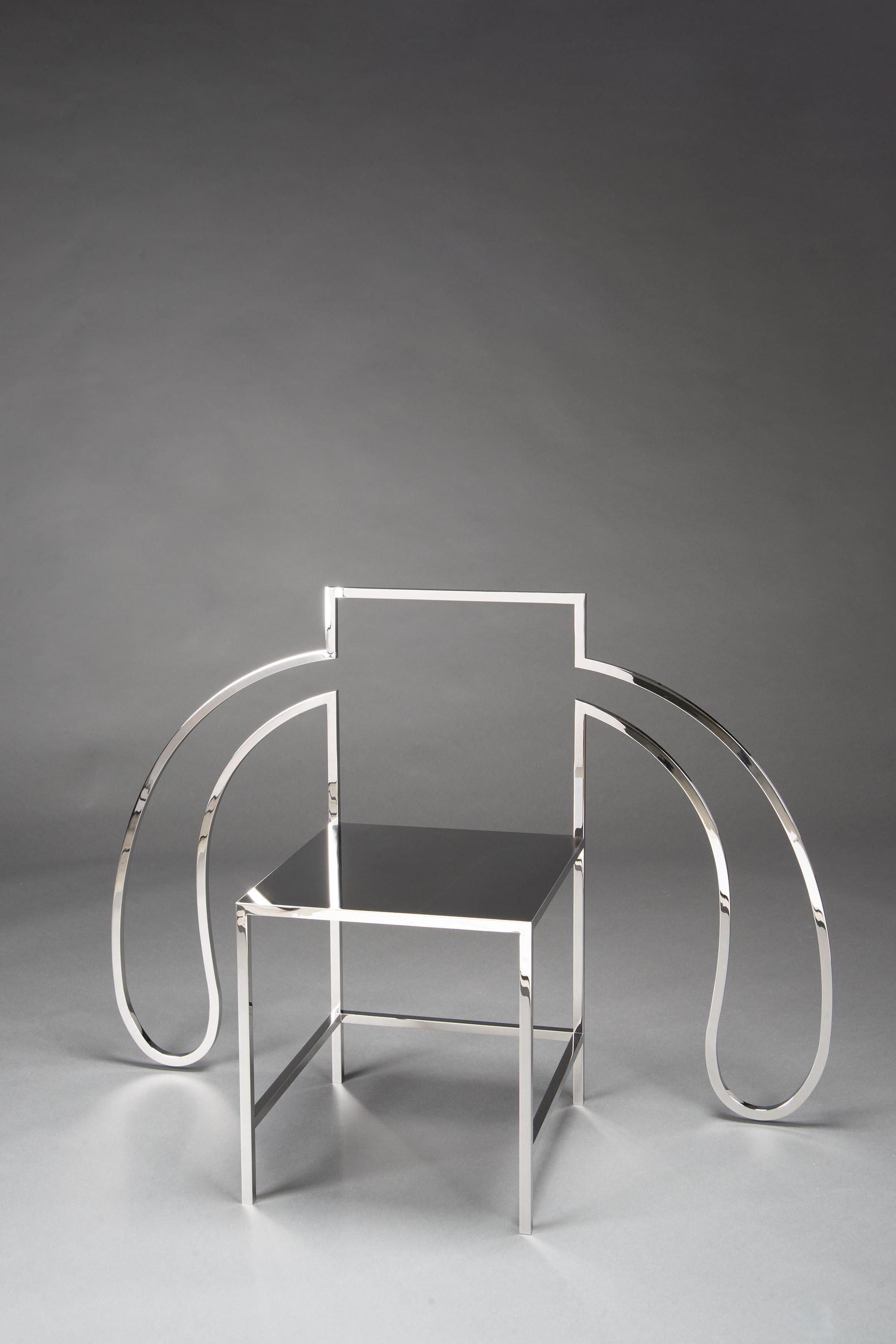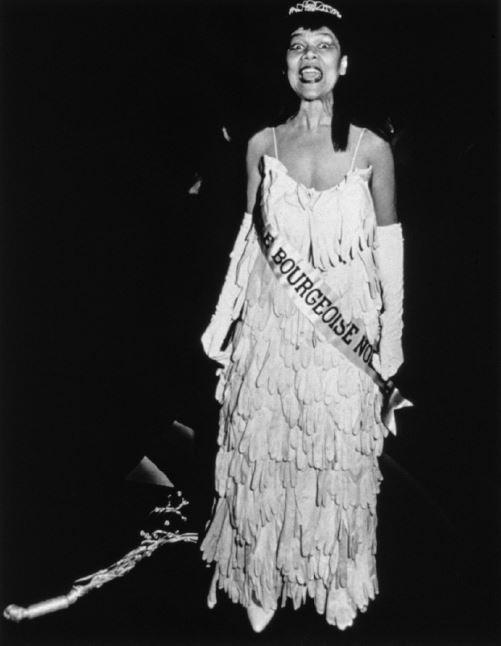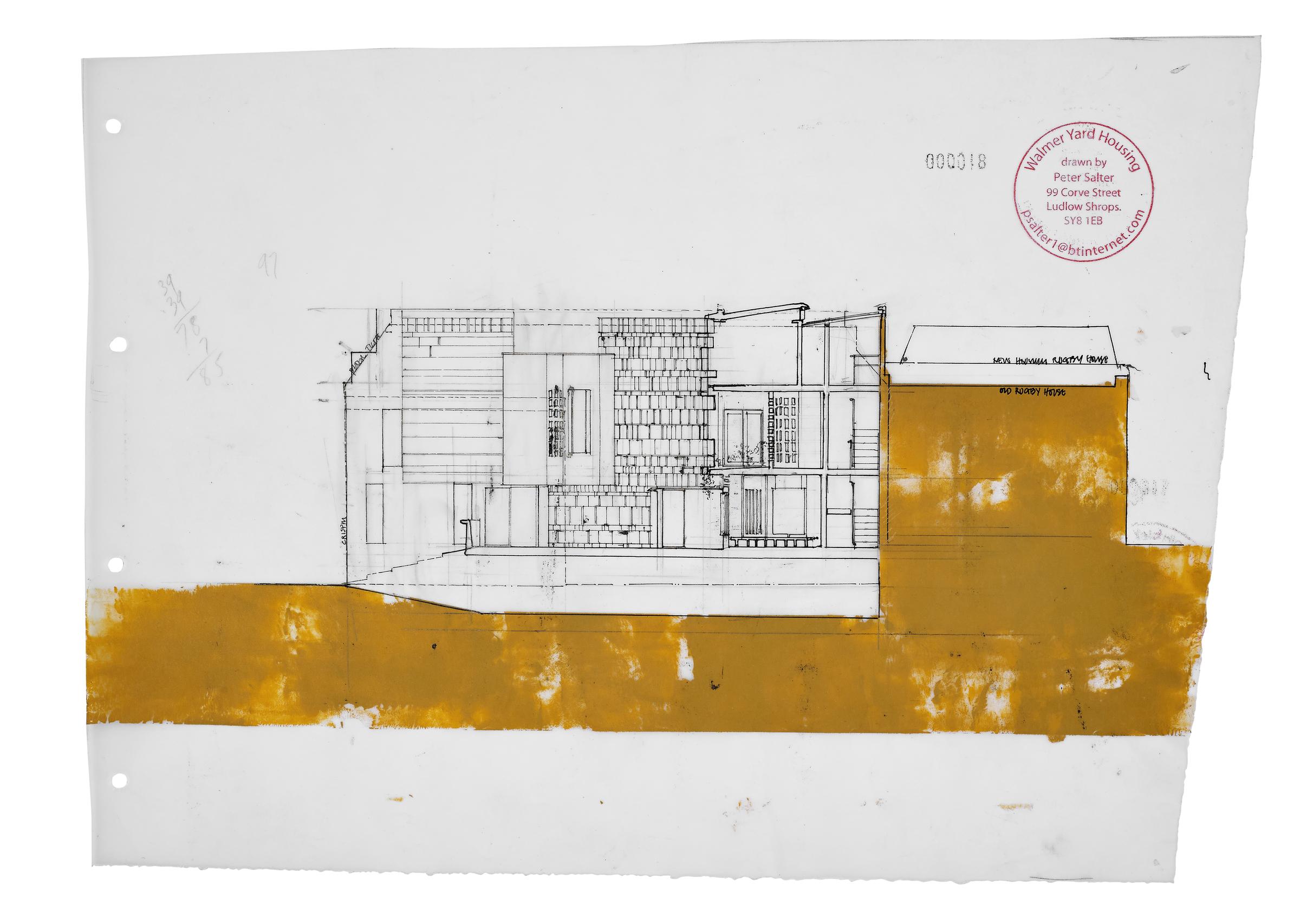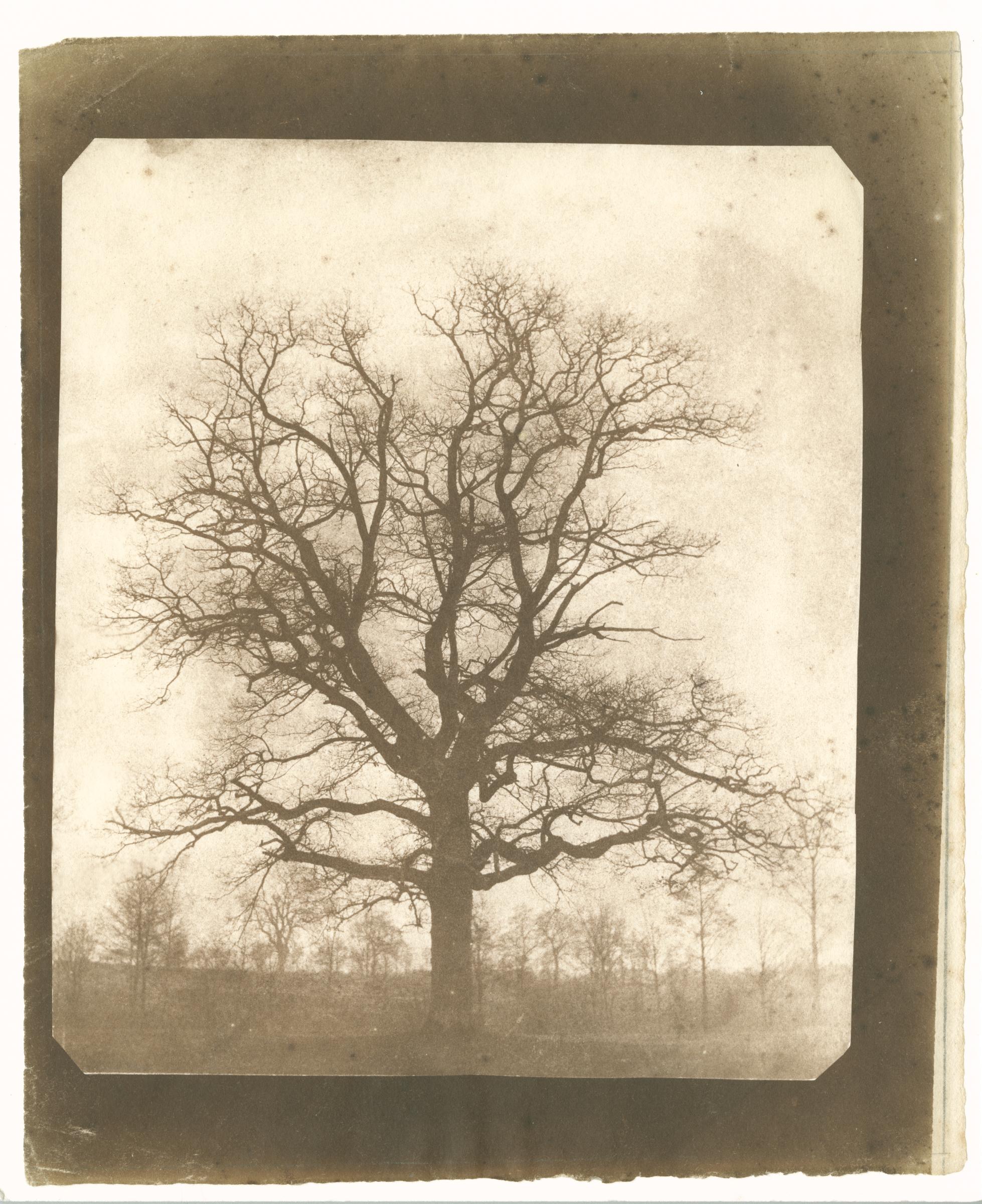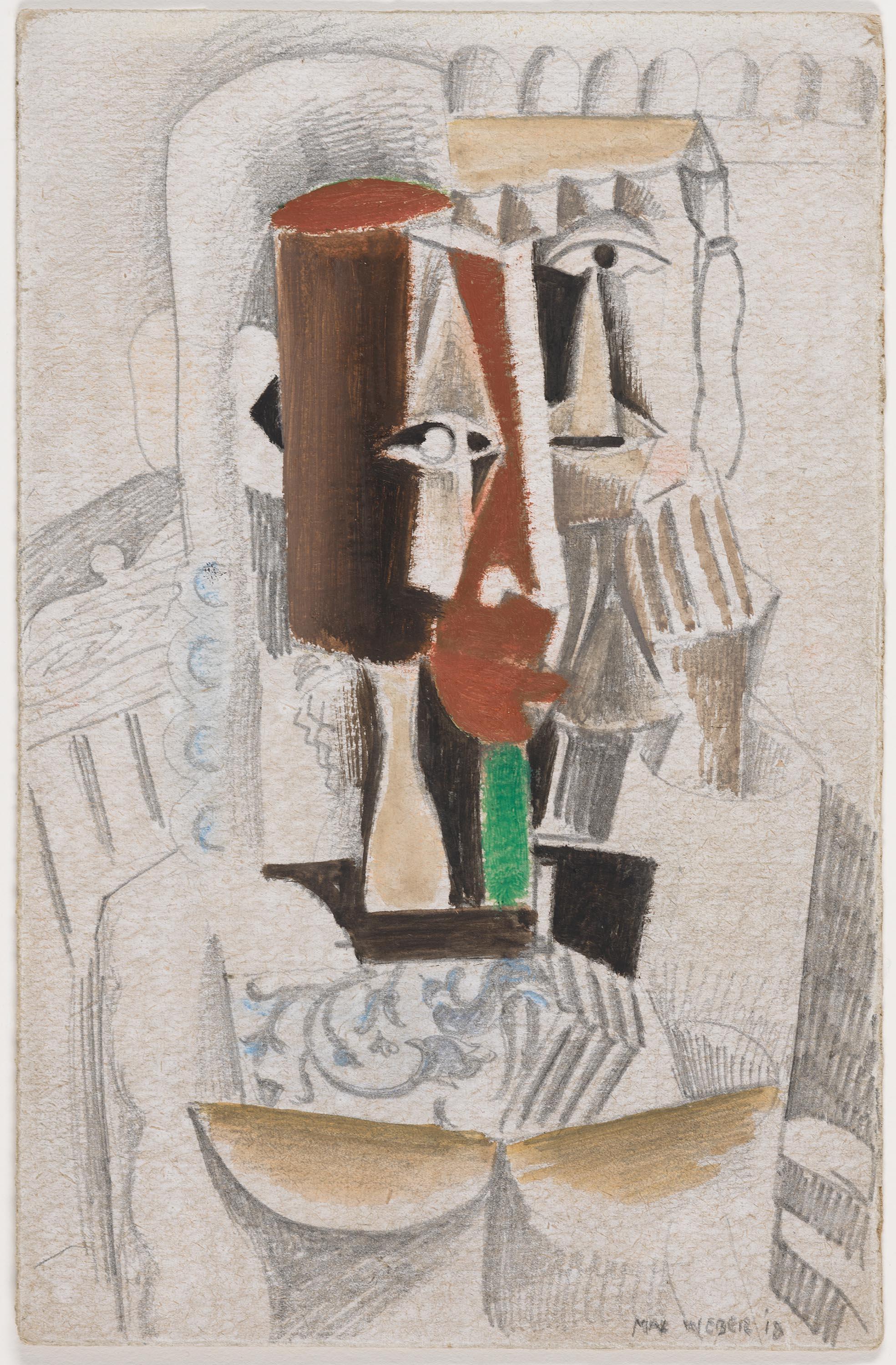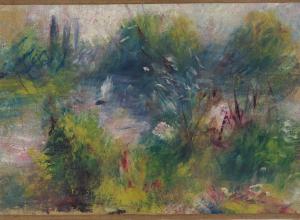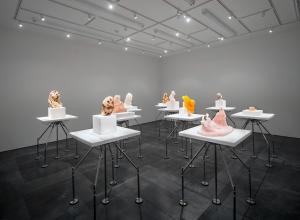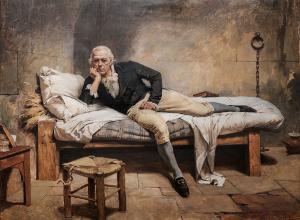This is a work of cubist abstraction, but the title tells us there’s more to it. Its line and form and space and color and texture are complex and beautiful; and so, perhaps, is the relationship between two individuals sharing an aperitif and a conversation. I recommended its acquisition for its strength and freshness of color, and because it exemplifies early cubism. In addition, it is the first cubist work in our collection by this important American modernist, and it comes with a Pittsburgh provenance.
–Louise Lippincott, curator of fine art
Support
General operating support for Carnegie Museum of Art is provided by The Heinz Endowments and Allegheny Regional Asset District. The programs of the Heinz Architectural Center are made possible by the generosity of the Drue Heinz Trust. Carnegie Museum of Art receives state arts funding support through a grant from the Pennsylvania Council on the Arts, a state agency funded by the Commonwealth of Pennsylvania.
Carnegie Museum of Art
Carnegie Museum of Art creates experiences that connect people to art, ideas, and one another. The museum is committed to global engagement and regional advancement. We champion creativity and its importance to society with experiences that welcome, inspire, challenge, and inform. Our core activities—collecting, conserving, presenting, and interpreting works of art—make those experiences possible. Our world-class collection of over 30,000 works emphasizes art, architecture, photography, and design from the 19th century to the present. One of the four Carnegie Museums of Pittsburgh, Carnegie Museum of Art was founded by industrialist and philanthropist Andrew Carnegie in 1895. Learn more: call 412.622.3131 or visit cmoa.org.





